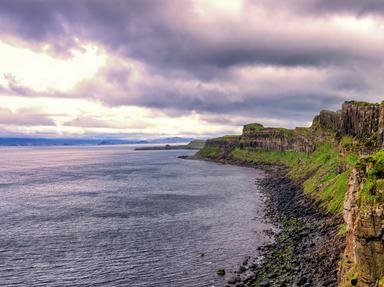Quiz Answer Key and Fun Facts
1. What is the political status of the Channel Islands?
2. Which is not one of the Channel Islands?
3. Which of the Channel Islands is closest to France?
4. Which islands have laws forbidding the use of cars?
5. What exactly are the Minquiers, aka The Minkies?
6. On which island is the highest elevation?
7. Formed by a tidal eddy, the remarkable shell beach is on which island?
8. The Bailiwicks of Guernsey and Jersey each issue their own banknotes. Where are these *legal tender*?
9. What's the biggest wild animal you'll find on the Channel Islands?
10. Three of the largest islands each have a town named after a saint. Which of these is not a Channel Island town?
11. Which Channel Island evacuated all its inhabitants at the start of World War Two, and was turned into a fortress by the Germans?
12. La Coupee spectacularly separates the bigger part of the island of Sark from what?
13. The islands of Guernsey and Jersey are famous for the dairy cattle breeds of the same names. But what other commodity do these names bring to mind?
14. Victor Hugo, the author of "Les Miserables" and other books lived in exile from 1855-1870, on which island where his recently refurbished house is now a museum to his memory?
15. One of the tourist attractions on Jersey is a relic of the German occupation during World War Two. What is the nature of this item?
Source: Author
davejacobs
This quiz was reviewed by FunTrivia editor
agony before going online.
Any errors found in FunTrivia content are routinely corrected through our feedback system.

